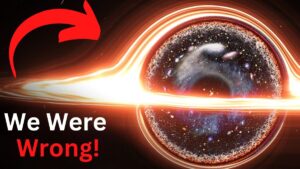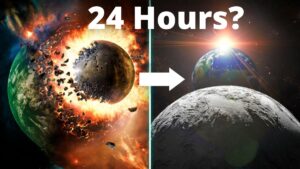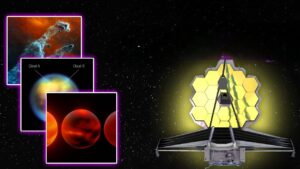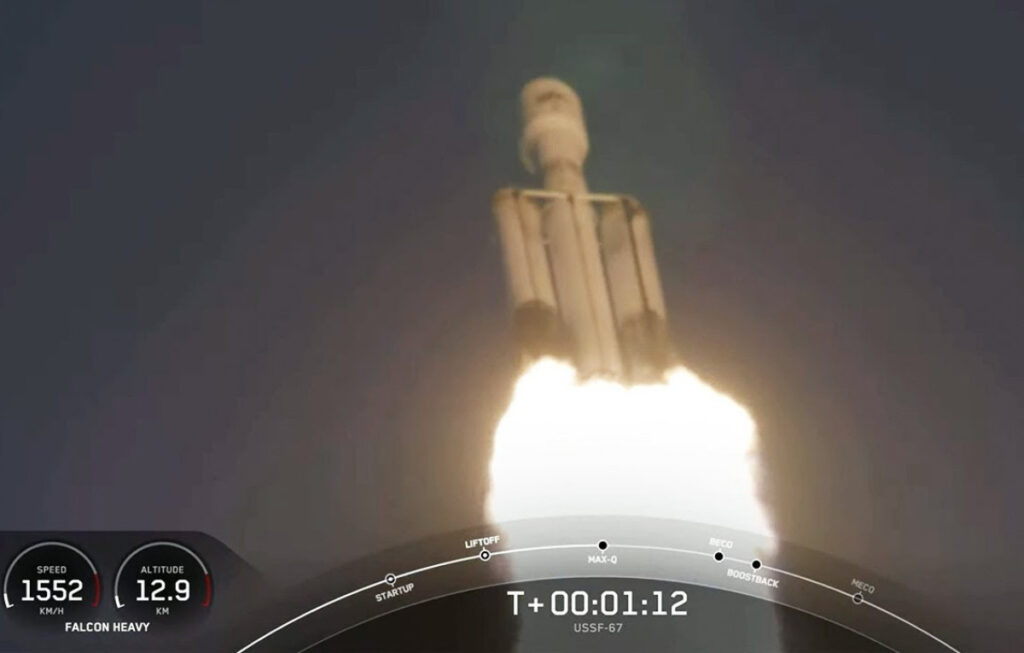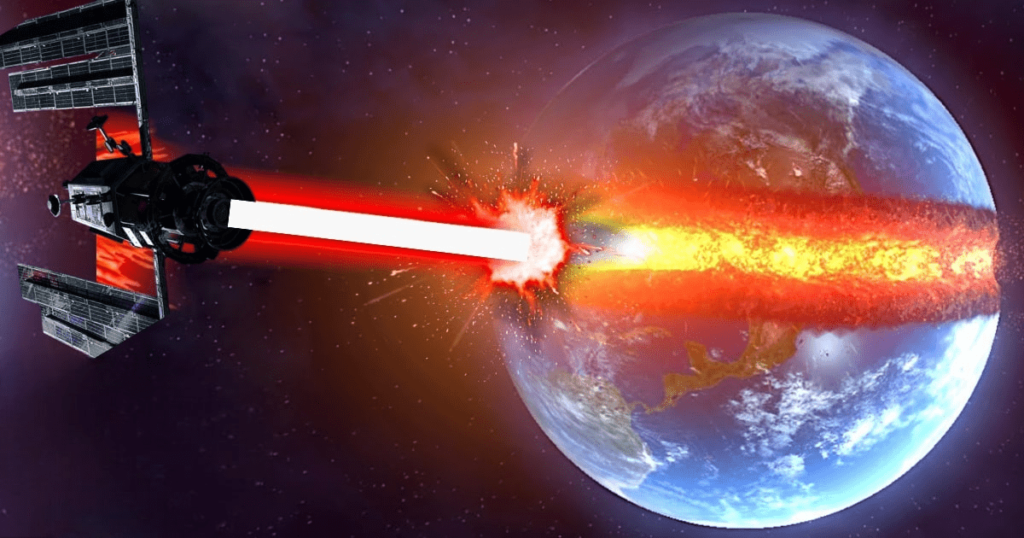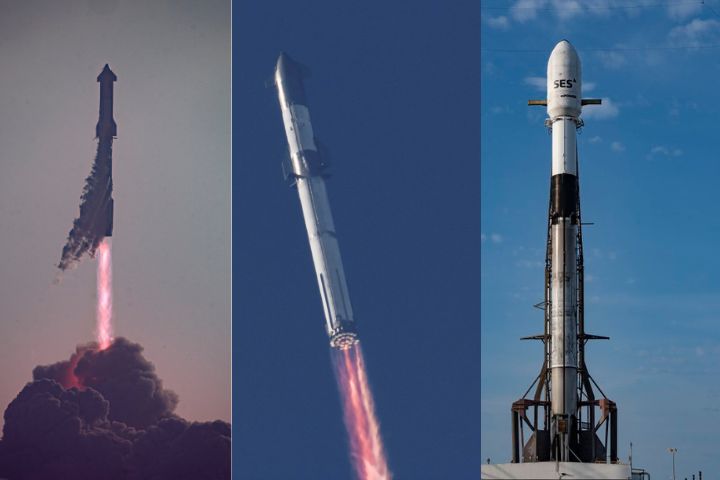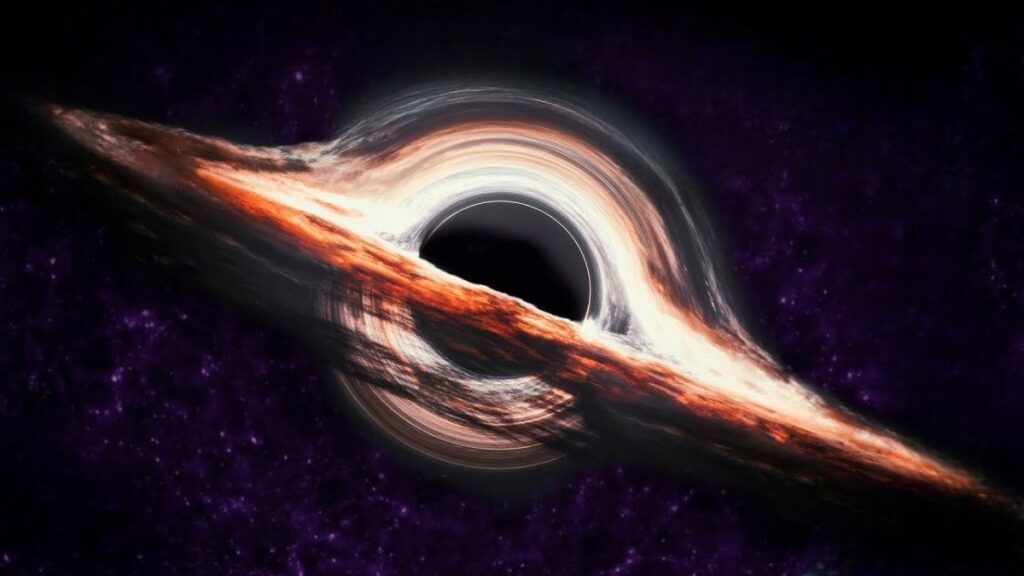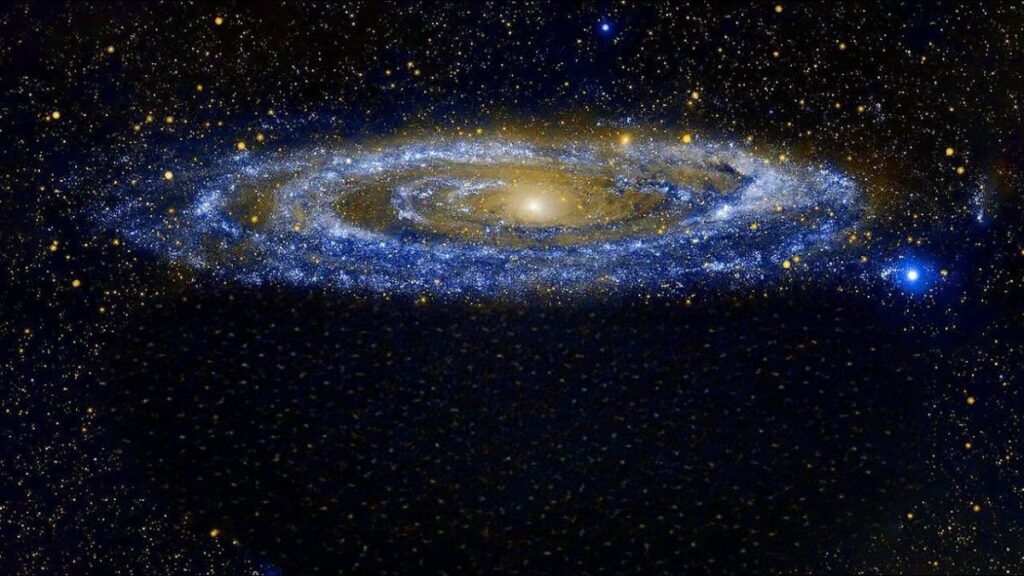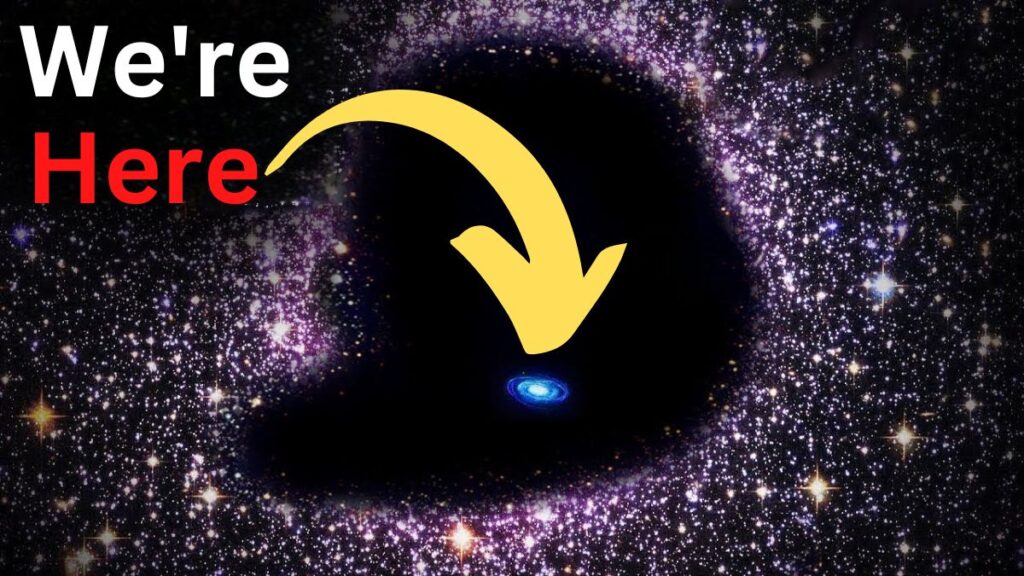
We still don’t know how much of the universe there is, and there are still many surprises there.
In a space that is otherwise incomprehensible to scientists, new, amazing phenomena and peculiarities are constantly being discovered.
Filling the spaces between the visible celestial bodies, this nothingness accounts for more than anything else in a sense.
Furthermore, the most recent discoveries in quantum physics suggest that it may be the mother of all matter.
However, scientists continue to be perplexed by enormous voids and nothingness.
The Bear Keeper constellation is home to the mysterious void known as the big nothing.
Scientists are still unable to fully explain how it formed or why it has dimensions that are unusual for our vast universe.

We can’t see it with our naked eyes because Earth has many outlying stars.
What is it about this constellation that is both fascinating and ominous?
It is a region with a remarkable diameter of 330 million light-years that cuts a large slit through the center of space.
Boötes Void is the name given to this enormous space in the universe, which is significant.
In the middle of a universe that is otherwise filled with phenomena such as galaxies, stars, black holes, colorful nebulae, or planets, the Boötes Void is far from the only fantastic empty space.
Despite this, the structure is one of the largest and most mysterious due to its truly extraordinary size, which is 330 million light-years across.
A “super void” is also given to The Nothing and the Bearish Keeper.
There are also smaller strange voids, like Barnard 68, a “mini void” that is only 0.25 light-years across.
This gloomy cloud can be seen just 500 light years away in the Serpent Bearer constellation.
The Boötes Supervoid was found: In the 1980s, the phenomenon of enigmatic voids in the universe was first discovered by researchers.
A method for creating a three-dimensional model of the universe was developed at that time by a group of researchers from the United States’ University of Michigan.
Redshift was used by the team, led by astronomer Robert Kirchner, to determine space distances and speeds.

The further away from Earth a galaxy is.
This is a simple fact that can be explained by the expansion of the universe: the faster it moves.
The researchers initially thought it was a mistake in their data when, during the calculations, a mysterious nothing began to grow at a distance of roughly 700 million light-years.
Except for these places where there was nothing, the galaxy swarm was overwhelming.
Although they were wrong, some researchers even dared to assert that this must be the end of the universe.
Even though it was only 700 million light-years away, the void was actually in the middle of the universe, not at its edge.
In the Boötes void, only 60 galaxies exist: Numerous researchers worldwide set out to investigate this phenomenon in depth following the discovery of the largest void ever found in space.
It turned out that the vast void is not quite as empty as initially thought during the process.
Soon, researchers were able to meticulously scan the Boötes void using the most recent telescopes, and to their great surprise, they discovered galaxies.
The fact that these galaxies are almost alone in a dark void where galaxies elsewhere in space typically cluster together or are close to one another when viewed in cosmic dimensions is the truly odd thing about them.
In that vast space, where at least 2,000 galaxies should be found by average estimates, researchers have discovered the existence of nearly 60 galaxies over the past few decades.
Further inquiries were prompted by the discovery of individual galaxies and a vast nothingness: Why do some galaxies continue to exist in an empty space?
What exactly is the void, and why aren’t other galaxies drawn there?
Dark matter, veils, and black holes: Voids make up about 80% of the universe that can be observed: distances between galaxies and stars, as well as areas with little or no matter.
Nothingness is normal and distributed uniformly across space as a void between galaxies and stars.
However, this nothingness is a very unusual phenomenon when it occurs as a super-assemblage, as in the Boötes Void.

Actually, the term “black,” “dark,” or “void” refers to a type of matter: Dark matter cannot be seen because it is transparent; Only its density and gravitational force can identify it.
The primordial matrix of the universe is the darkness, or nothingness.
This transparent material condenses differently in voids.
When it is severely compressed, black matter exhibits gravitational forces that are particularly appealing.
Black holes most likely consist of extremely compressed black matter because of their enormous and devouring attraction.
However, since no one has ever been able to look directly into a black hole, this is an assumption that has not yet been proven.
How are super-voids created?
The origin of our universe probably holds the key to the formation of spaces with an unbelievable volume of nothing or dark matter.
In this context, scientists frequently refer to a primordial soup in which the first molecules barely condensed as a result of coincidental quantum fluctuations.
Over the course of millions of years, this primordial material experienced its first disruptions.
Smaller masses form themselves; patterns and forms emerged.
At some point, the initial stars, planets, and galaxies as a whole emerged, leaving behind what appear to be empty spaces.
Researchers currently only have a rough understanding of the shaping and grouping process through model calculations and theories.
Cosmologists and astronomers from all over the world assume that all galaxies in the universe are arranged in a pattern resembling a net and that the locations and motions of galaxies are determined by a kind of background matrix.
As it passes through the Earth, the cosmic filament resembles a mushroom web in that galaxies, stars, and planets either hang in the universe like long threads or cluster along such filament lines.

The largest material structure in the universe that is currently known is a stunning example of such a location: the Great Wall of Hercules and Corona Borealis.
Despite its small size in comparison to the Boötes supervoid, it provides an impressive demonstration of how galaxies form along spiral filaments in space.
While the Boötes supervoid spans more than 300,000 million light-years, the Hercules-Corona Borealis Great Wall is only 10 million light-years across.
On Earth, just as in heaven: Earth also experiences the phenomenon of a void appearing in the middle of a dense galactic environment.
Anyone who has ever dived, snorkeled, or looked at a typical meadow knows that there are empty spots in the lush underwater life or in the middle of the grass that look like they were made by magic.
In these locations, either nothing appears to be sentient or living things completely avoid them.
On Earth, this can be explained by differences in rock layers, the mineral makeup of the earth, temperature variations in water, and other effects.
Similar forces operate across the entire universe.
There are cosmic habitats that support life—in this case, the flourishing of galaxies—and others that are more inanimate, including currents, temperature variations, something like a climate.
After all, there isn’t just nothing in the Boötes structure because there is a lot of evidence that dark matter is the source of all visible phenomena and contains a lot of information.
We haven’t fully comprehended this kind of matter or counterworld up until this point.
It would appear that the researchers would like to keep something to do in 100 years.
The supercluster of voids: The fact that the Boötes void does not appear to be one large, coherent nothing but rather a collection of smaller voids that appear to have united here is also exciting.
Thus, we are dealing with a supercluster of voids.
In this fascinating phenomenon, researchers have discovered that dark matter’s density increases significantly in larger systems like galaxy clusters while its density decreases in smaller, less massive galaxies.
Dark matter structures of varying densities can be seen in the Boötes void.
One or two galaxies can be found in the otherwise empty space where the dark matter is denser and has a greater gravitational pull.
Since the Big Bang, has the void existed?
According to a theory developed by cosmologists, the universe’s fundamental network existed immediately following the Big Bang.
The universe is essentially expanding in the same primordial patterns and lines as it was in the beginning.
According to the theories of fluctuation and expansion, the Boötes void could have been a much smaller area of nothingness following the Big Bang.
Then, over the course of more than 13 billion years, this tiny spot grew into the 330 million light-year dark spot.
The Big Bang and the first structures in space are demonstrated by the differences in structures, numerous one-of-a-kind phenomena, and peculiarities in space.
Explore:
